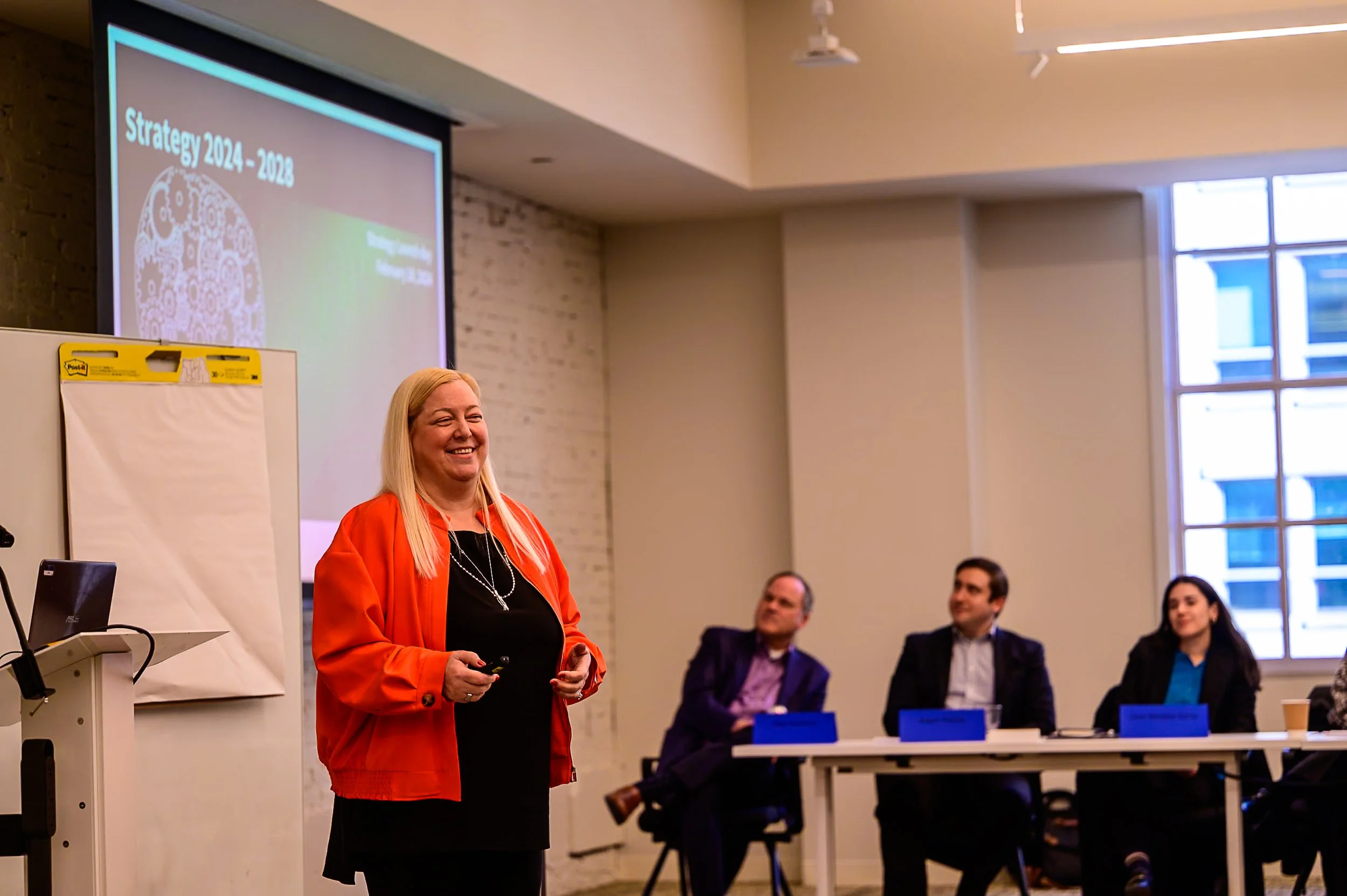Organizational Conflict of Interest
Organizational Conflict of Interest (OCI) appears to be undergoing a metamorphosis of sorts. What has been a somewhat vague aspect of the Federal Acquisition Regulation (FAR), open for interpretation, and reliant heavily on the understanding and interpretation of the Contracting Officer (CO) may emerge with greater clarity, more focus, and with more burden placed on the government contractor.
The change is currently going to be limited to the Department of Defense (DoD) and its contractors when the revised DFARS rules related to OCI are finalized and implemented. However, a corresponding revision to the FAR will not be long behind, applying the new rules, new clarity, and new obligations across federal agencies and to all federal government contractors.
Among the changes, the DoD proposed rules revise the definition of OCI to reflect recent case law; address IDIQ contracts by expanding OCI coverage to task and delivery orders; provide greater guidance to the CO charged with primary responsibility for identifying OCI situations by explicitly requiring COs to consider potential OCIs both during solicitation preparation and during proposal evaluation; and clarify that mitigation of the OCI is the preferred resolution mechanism over avoidance or limitation on future contracting. Each of these aspects is intended to provide clarity and consistency in dealing with actual and potential OCI situations. The goal always being to ensure fair and open competition with an even playing field for interested and qualified contractors.
Where concern is being voiced, it is from contractors related to the proposed broad pre-award and post-award disclosure requirements and certification requirements. Extra work for the contractors? Certainly. We’ll have to be more diligent in identifying actual and potential OCIs as well as in notifying the CO when those situations arise. Greater liability or at least a greater risk of being conflicted out of future work? Maybe.
However, if the preference for mitigation plays out in any meaningful way, the concern that contractors have that the rules will cause a CO reflex to “no” rather than working resolution through the conflict may be unfounded. Best case scenario, the future of OCI has increased clarity, focus, guidance, and will be playing its part to allow contract awards that are in the best interests of the government while also with the most qualified contractor with a commitment from each party to address conflicts early and often.





















